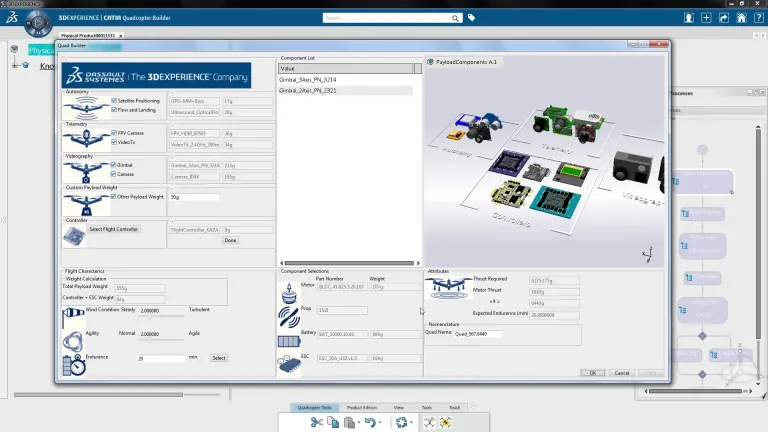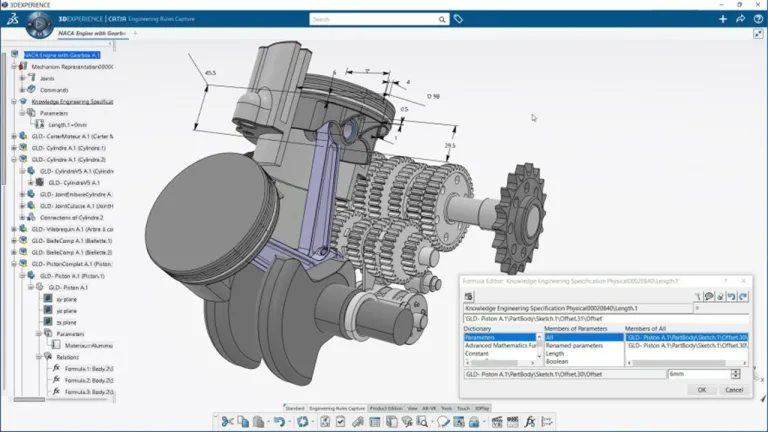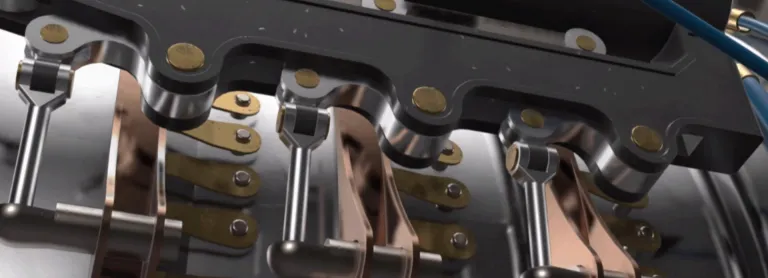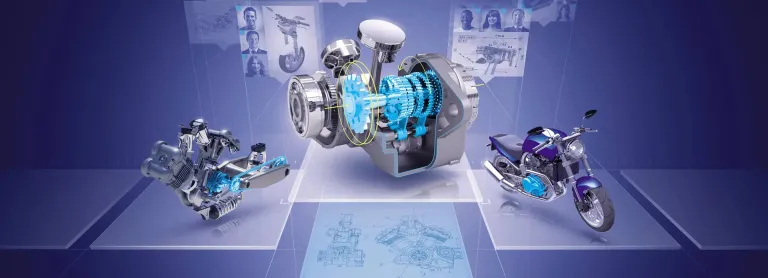Automated Engineering
Capturing Company Know-how and Best Practices
Empower CAD Traditional Design Processes
Automated Engineering with CATIA is a cutting-edge approach that leverages Dassault Systèmes' CATIA software to streamline design, simulation, and manufacturing processes. This innovative methodology employs automation to expedite product development, reduce errors, and enhance efficiency. By harnessing CATIA's robust features, such as parametric modeling, scripting, and PLM integration, companies can optimize their workflows, leading to cost savings, improved product quality, and quicker time-to-market. This approach is particularly invaluable in industries like aerospace, automotive, and manufacturing, where complex, regulated products demand precision and innovation.
Providing Better Products and Reducing Cost
Company Apps Builder role allows companies to model any of their best practices and know how. It's done in a simple and intuitive way, without the need for special coding skills. From complex conceptual studies in the automotive domain to airframe structure generation, an expert is able to capture, model, automate design and engineering tasks and embed core-knowledge rules and checks within those tasks. Guided by skilled rules and checks, free from time-consuming, repetitive design tasks, and benefiting from knowledge-driven task automation, users can then unleash their creativity and focus on innovation. The company increases its competitiveness considerably by providing better products and reducing costs.
Product Optimization Convergence through Optimization
Lengthy engineering changes are often the cause of delays and increased production costs. Product designs that continue to use physical prototypes are more prone to errors, delays, and increased costs. However, choosing a solution with built-in knowledge ensures your product conforms to various standards, helping you to work faster and design right the first time. The Templates, Optimization and Rules Designer roles provides capabilities to easily capture engineering know-how and methodology for highly efficient reuse.
CATIA Automated Engineering software products are packaged as Roles on the 3DEXPERIENCE platform to get you up to speed faster and work more efficiently with all needed applications available at your fingertips. Select a package that corresponds to your role in an organization.
Using CATIA, Dasan Consultants can set up design templates that help to speed up design, reduce rework and retain knowledge
Join the conversation in the CATIA User Community!
FAQ About CAD Automated Engineering
Also Discover
Learn What CATIA Can Do for You
Speak with a CATIA expert to learn how our solutions enable seamless collaboration and sustainable innovation at organizations of every size.
Get Started
Courses and classes are available for students, academia, professionals and companies. Find the right CATIA training for you.
Get Help
Find information on software & hardware certification, software downloads, user documentation, support contact and services offering







